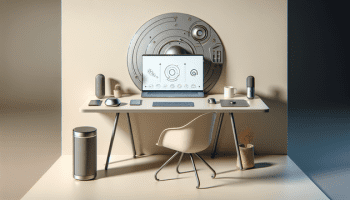This year’s I/O conference is going to be pretty heavy on virtual reality. The emerging technology is a major push at , which helped democratize the technology with Cardboard.
Clay Bavor, who is now in charge of VR for , offered some insights about where the company is going with this technology in an interview with pular Science. He elaborated on his thoughts about what Cardboard taught .
’ve learned so much with Cardboard. ’re not quite ready to speak about that but it’s taught us the importance of it being mobile. You don’t need to go somewhere in order to experience VR, instead you can bring it with you. I think another important part of it is how approachable it is. ople underst it, it’s not scary, it’s easily understood.
oking ahead, however, current smartphones can only do so much as portals to another world. His thinking indicates that believes that phones must be designed with VR in mind from the start.
So we want to embrace many of the things we think Cardboard got right: mobility, comfort, approachability, low cost. But then of course, the smartphones that Cardboard makes use of, were meant to be first foremost smartphones. They weren’t designed with virtual reality in mind, Cardboard of course is just cardboard. And so I think that if you’re more intentional in designing phones, designing software go beyond Cardboard you can do something pretty magical that is even higher quality, higher performance so on. But while maintaining many of the attributes that make Cardboard so powerful appealing.
Finally, he related VR to building an operating system from scratch that must work with various hardware components. The challenges are similar to the kinds of questions that the first designers of desktop computing interfaces would have had to tackle.
There are so many interesting problems to solve: interesting problems in rendering, in displays, optics, in user interfaces, in ergonomics, in input controllers. Everything is interesting. at struck me is everything is new the people working in VR right now are doing the equivalent of [building an operating system]. For example, figuring out that you close a window with an X in the upper left like on the original Mac. ’re doing the equivalent of that right now for virtual reality. at is a button? at is a menu? Do you go between apps or worlds? Is it a game or an experience? How do you make people feel comfortable?
The story behind the story: The interview’s timing, just a couple of weeks before I/O, indicates we should get a pretty substantial update on what has been working on with virtual reality. It may be too soon to see new hardware that’s ready for the masses, but it’s always possible we get a glimpse at a prototype some of the ways that will further push its Cardboard effort. It’s clearly a goal very close to the company’s vision for the future of computing.
















